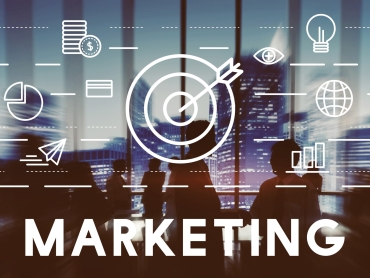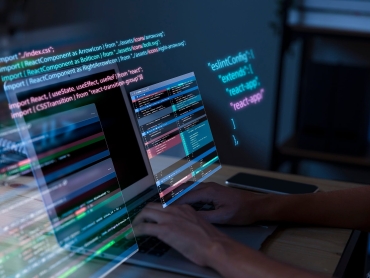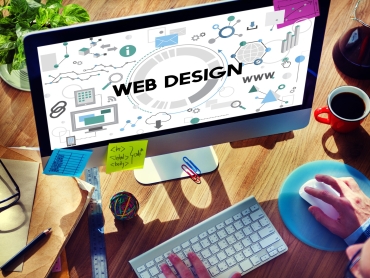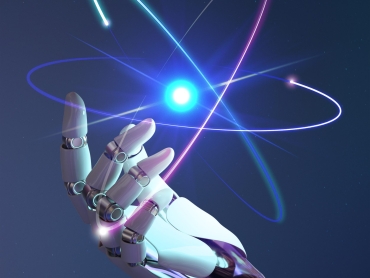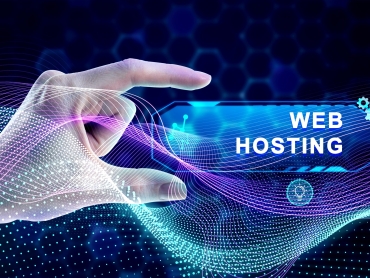In today’s rapidly changing digital world, organizations are realizing that knowledge and learning are not optional add-ons—they are the lifeblood of growth, resilience, and innovation. Whether you’re a global enterprise or a growing startup, the ability to capture, organize, and share knowledge while simultaneously providing continuous learning opportunities for employees is now a competitive necessity.
This is where Knowledge and Learning Management (LM) step in. Though often treated separately, they are deeply interconnected. Together, they create a knowledge-powered ecosystem where information is never lost, learning never stops, and people never feel left behind.
This in-depth guide explores:
What Knowledge Management (KM) and Learning Management (LM) are, and why they matter in 2025.
The benefits they bring to productivity, innovation, and employee engagement.
The latest trends and tools shaping how companies manage knowledge and learning.
Real-world examples of companies thriving with KM and LM strategies.
Actionable best practices for building a culture of knowledge sharing and continuous learning.
By the end, you’ll see why organizations that invest in knowledge and learning management systems are more adaptable, more innovative, and better positioned to succeed in an uncertain future.
What Is Knowledge Management (KM)?
Knowledge Management (KM) is the practice of capturing, organizing, storing, and sharing knowledge so that information is available when and where it’s needed. It’s not just about keeping documents in a folder or uploading files to the cloud—it’s about creating a living, accessible knowledge ecosystem.
At its core, KM ensures that:
Nothing valuable gets lost – Ideas, processes, and solutions are preserved even when employees leave.
Knowledge is easy to find and apply – People don’t waste time hunting for information.
Expertise spreads across the organization – Best practices don’t stay siloed in one department.
Types of Knowledge in KM
Explicit Knowledge – Documented knowledge such as manuals, guides, policies, and databases.
Tacit Knowledge – The insights and know-how employees gain through experience, often shared via mentoring and conversations.
Embedded Knowledge – Knowledge built into processes, systems, and culture.
By capturing all three, companies avoid “knowledge leaks” and create continuity that powers long-term success.
What Is Learning Management (LM)?
Learning Management (LM) focuses on how employees, teams, and organizations learn new skills and adapt to change. It often takes shape through Learning Management Systems (LMS)—digital platforms that deliver, track, and optimize training.
LM is about more than compliance courses or onboarding—it’s about creating continuous, accessible, and personalized learning opportunities that empower employees to grow.
Key aspects of LM include:
Training delivery – Online courses, virtual classrooms, or blended learning.
Skill development – Structured paths to acquire new competencies.
Tracking progress – Analytics to measure effectiveness and identify gaps.
Personalization – Tailoring learning to the needs and goals of each individual.
In short, while KM makes information usable, LM makes skills buildable. Together, they fuel organizational intelligence.
Why KM and LM Together Are Powerful
Many organizations make the mistake of separating KM and LM. But in practice, they are two sides of the same coin:
KM ensures that employees have access to the right knowledge.
LM ensures that employees have the skills to use that knowledge effectively.
When combined, they create an environment where:
Knowledge is captured, organized, and shared seamlessly.
Learning is ongoing, personalized, and engaging.
Innovation flourishes as ideas spread and skills grow.
Think of KM as the library and LM as the school. One preserves and organizes knowledge; the other teaches people how to use it. Together, they build smarter, future-ready teams.
Why Knowledge and Learning Management Matter in 2025
With hybrid work, rapid technological shifts, and constant industry disruption, organizations must evolve faster than ever. KM and LM are not luxuries—they’re survival tools. Here’s why they matter:
1. Higher Productivity
Employees waste countless hours searching for documents, chasing colleagues for answers, or reinventing the wheel. With effective KM and LM:
Information is instantly accessible.
Employees learn “on the go.”
Teams complete projects faster and with fewer errors.
2. Faster Onboarding
A well-integrated KM + LM system ensures new hires have everything they need to succeed from day one:
Centralized resources replace scattered files.
Structured learning paths shorten the time to productivity.
Company knowledge becomes accessible in a self-service format.
3. Adaptability to Change
Markets shift, new technologies emerge, customer expectations evolve. Continuous learning ensures:
Employees stay ahead of industry changes.
Skills remain future-proof.
Organizations pivot quickly without losing momentum.
4. Stronger Employee Engagement
Employees crave growth. Offering them opportunities to learn and share knowledge fosters loyalty, motivation, and retention.
5. Innovation and Problem-Solving
When knowledge is openly shared and learning is constant:
Ideas cross-pollinate between teams.
Creative problem-solving increases.
Innovation becomes part of the organizational DNA.
Tools and Trends Shaping KM & LM in 2025
The way we manage knowledge and learning has evolved. Let’s explore the most impactful tools and trends driving KM and LM in 2025:
AI-Powered Learning Platforms
Personalize learning paths based on role, performance, and interests.
Suggest content and training modules automatically.
Provide real-time insights on learning effectiveness.
Microlearning & Mobile Learning
Bite-sized modules that fit into busy schedules.
Mobile-first access for hybrid and remote workers.
Higher retention rates than traditional long courses.
Knowledge Hubs and Wikis
Centralized, searchable repositories for FAQs, best practices, and documents.
Collaborative spaces where employees contribute and update knowledge.
Collaboration and Social Learning
Peer-to-peer learning via discussion boards, chat, or video.
Mentorship and coaching built into platforms.
Shared learning drives team cohesion.
Gamification in Learning
Leaderboards, badges, and challenges to motivate learners.
Turns training into an engaging, measurable experience.
Analytics & Reporting
Track learner progress and training completion.
Identify knowledge gaps and skills shortages.
Prove ROI of training programs to leadership.
Real-World Example: How Companies Thrive with KM & LM
Consider a global tech company:
Employees use an AI-driven LMS that suggests personalized training modules aligned with their projects.
Simultaneously, a company-wide wiki captures lessons learned from every project.
When someone faces a challenge, they can instantly search for solutions in the wiki or take a short training module.
Results:
20% fewer project errors.
30% faster productivity for new hires.
A culture where everyone learns continuously and knowledge never gets lost.
This is the power of integrating KM and LM.
Challenges in Implementing KM & LM
While the benefits are clear, organizations often face challenges:
Employee Resistance – Some employees hesitate to share knowledge for fear of losing value.
Technology Overload – Too many platforms create confusion instead of clarity.
Knowledge Silos – Departments hoard knowledge instead of sharing it.
Low Engagement – If training feels irrelevant, employees won’t participate.
Measurement Difficulties – Proving ROI of KM and LM can be tough without the right metrics.
Solutions include leadership buy-in, change management strategies, and focusing on user experience.
Best Practices for Knowledge and Learning Management
To build a sustainable KM + LM ecosystem, organizations should:
Start with culture – Encourage open sharing, reward contributions.
Choose the right tools – Invest in platforms that integrate KM and LM.
Prioritize user experience – Make knowledge and learning easy, fast, and engaging.
Measure outcomes – Track productivity, retention, and innovation rates.
Update continuously – Treat KM and LM as living systems, not one-time projects.
The Future of KM & LM
Looking ahead:
AI will become more predictive, offering training and knowledge before employees realize they need it.
VR and AR training will immerse employees in real-world scenarios.
Knowledge bots will answer questions instantly within chat platforms.
Learning will become hyper-personalized, blending formal courses, informal knowledge, and peer learning.
Organizations that embrace these trends will build smarter, more resilient teams ready for whatever the future brings.
Final Thoughts: Learning and Knowledge Are Lifeblood
In 2025, the organizations that thrive are those that learn fast and share openly. Knowledge and learning management are no longer support functions—they are strategic imperatives.
By capturing what your team knows, teaching what they need to learn, and fostering a culture of growth, you don’t just improve productivity—you future-proof your business.




